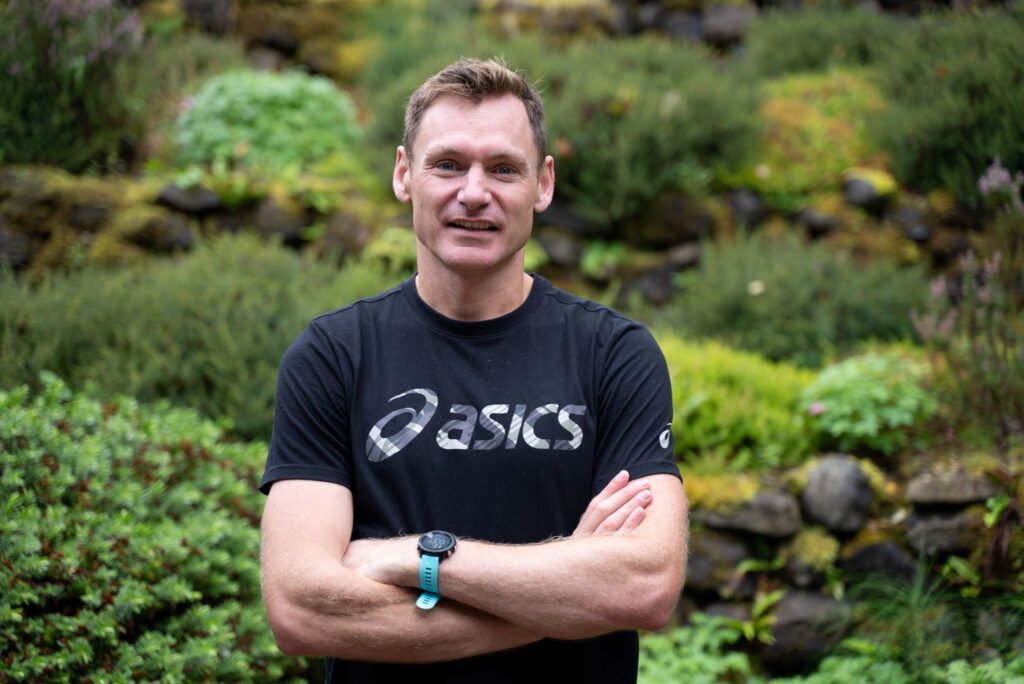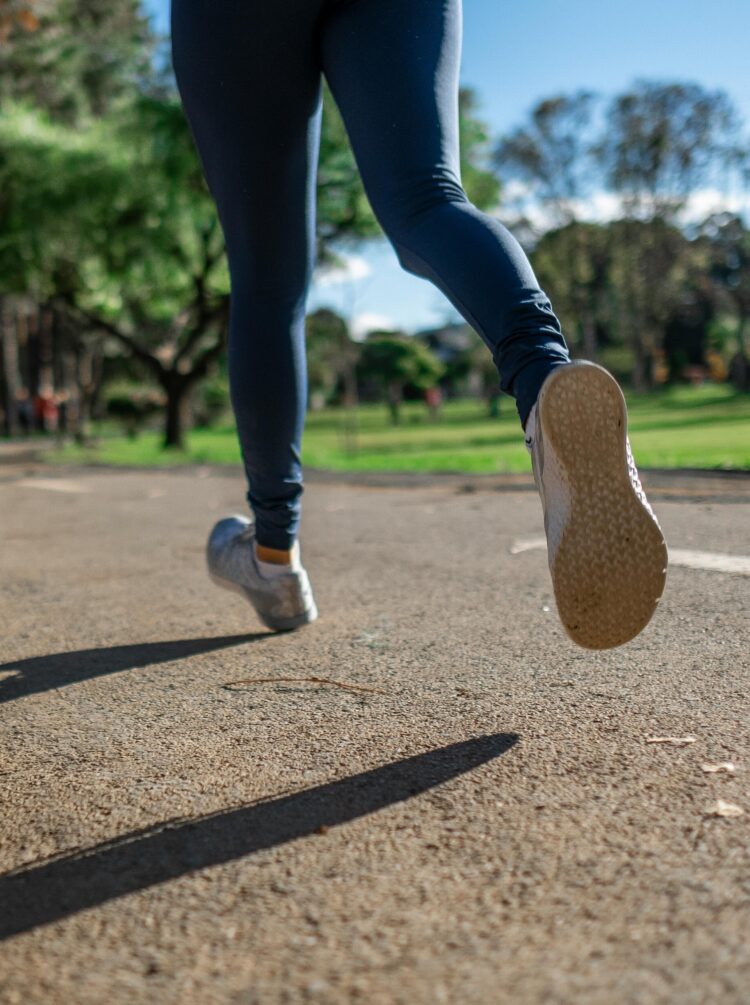From stretching and recovery to footwear and snacks, former Olympic sprinter and RTÉ pundit David Gillick shares his advice on how to make running an enjoyable hobby
Running can be a daunting prospect if you’ve never done it before or if it’s been years since you last tried it.
How long are you supposed to run for before you actually feel good? Do you have to push yourself to run further each time to see results? What if you injure yourself?
These are all valid questions and there’s nobody better able to answer them than former Olympian David Gillick who won Ireland’s first sprint gold medal in more than 70 years when he triumphed at the European Indoor 400m championships in 2005 and claimed the accolade again four years later. He also presents the podcast Medals & Mics with fellow athletes Derval O’Rourke and Rob Heffernan during which they share an inside look into a life spent trying to be the best on a global sporting stage.
What’s the top piece of advice you give people who are about to start running for the first time?
Give yourself time – the biggest mistake is to run too far, too fast, too soon. Be patient and try to build up the habit of running consistently first.
Is “runner’s high” a real thing?
Yes, the endorphins released within the body when running are what give you that euphoric state post-run, and that helps make you feel good about yourself!
How long should you stretch for before or after a run?
Build in some dynamic stretching pre-running, even 5-10 minutes of light easy lunges, squats, leg swings, arm swings will help activate the body to run.
What are your top tips for training for a marathon?
Start as early as you can, build up the long run gradually, make sure you eat enough, take rest days and try to be consistent with your training.
What snacks do you recommend while training and on race day?
Banana and honey wraps, kids breakfast cereal, fruit bread and smoothie pouches. On race day and during training runs I recommend a sports carbohydrate gel. Some people don’t like it and find it hard on the stomach, but I find them good and they help an awful lot on long runs. Hydrate!!

Recovery is an often overlooked part of the running process – what’s the ideal weekly schedule to maintain steady progress?
I go by 80% of my running easy and 20% higher intensity. So one or two sessions per week will be tough and everything else is easy comfortable running, including my long run. I aim for zone two for easy runs.
How important is the right footwear when you’re running or training?
It’s paramount. Make sure you are in the right footwear for you. It will save you a lot of hassle in the long term. ASICS have a brilliant range of cushioned and support footwear to suit all feet. If marathons are your thing, you’ll be spending a lot of time in running shoes so you might as well make sure they are the best ones for you! The Gel-Kayano 31 has several new features which make distance training feel smooth and comfortable, supports runners in every step and enables runners of all abilities and levels to move their minds. I also wear the Nimbus 26 and I love them, they are a great daily trainer.
What was harder – training for The Olympics or doing Hellweek?
Haha, there were plenty of similarities – intensity, tiredness, anxiety etc. but the sheer relentlessness of training for the Olympics just tips it. It was a lifestyle, every day was geared around training or competing!
The ASICS Gel-Kayano 31 runners are €200 and are available for men and women in Elverys and ASICS.com.








